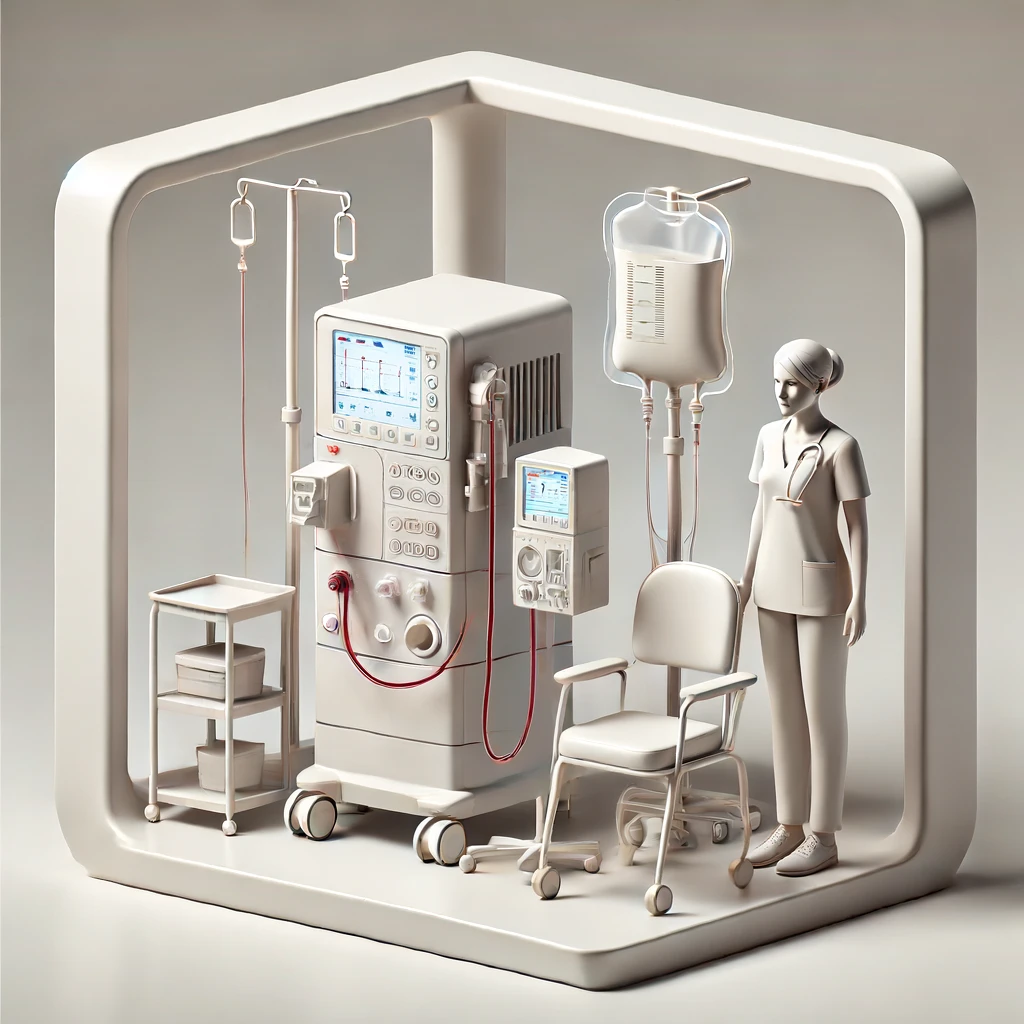
Hemodialysis is a critical renal replacement therapy for patients with end-stage renal disease (ESRD). The cost of a typical hemodialysis session is influenced by various factors, including medical personnel, equipment, consumables, facility costs, and administrative overheads.
Medical Personnel
The cost of medical personnel is a significant component of a hemodialysis session. This includes:
- Nephrologists: Specialized physicians who oversee the dialysis treatment.
- Dialysis Nurses: Registered nurses with specialized training in dialysis.
- Technicians: Trained to operate and maintain dialysis machines.
- Support Staff: Administrative and cleaning staff necessary for the smooth operation of the facility.
The salaries and benefits of these professionals contribute to the overall cost. In the United States, the annual salary of a nephrologist can range from \$180,000 to \$250,000, dialysis nurses from \$70,000 to \$90,000, and technicians from \$40,000 to \$60,000.
Equipment
Hemodialysis equipment costs are substantial due to the precision and reliability required. Key components include:
- Dialysis Machines: Each machine costs between \$10,000 and $15,000 and has a lifespan of approximately 5-10 years.
- Water Treatment Systems: Necessary to ensure the purity of water used in dialysis, costing \$20,000 to $50,000.
- Dialyzers: Also known as artificial kidneys, these are single-use and cost between \$10 and $30 each.
- Bloodline Systems: Disposable tubing and filters used during the dialysis process, costing around \$5 to $15 per session.
Consumables
Consumables are single-use items essential for each hemodialysis session. These include:
- Needles and Catheters: Sterile needles for vascular access, costing about \$2 to $5 each.
- Anticoagulants: Medications like heparin to prevent blood clotting during dialysis, costing approximately \$5 to \$10 per session.
- Dialysis Solutions: Special fluids used in the dialysis process, costing around \$5 to \$15 per session.
Facility Costs
Facility costs encompass the infrastructure and operational expenses of running a dialysis center. These include:
- Rent and Utilities: The cost of leasing the space and utilities like electricity, water, and waste disposal.
- Maintenance and Repairs: Regular maintenance of dialysis machines and water treatment systems.
- Licensing and Accreditation: Compliance with healthcare regulations and obtaining necessary certifications.
Administrative Overheads
Administrative costs cover the non-clinical aspects of providing dialysis services. This includes:
- Billing and Insurance Processing: Handling patient billing and insurance claims.
- Medical Records: Managing and storing patient records.
- Regulatory Compliance: Ensuring adherence to healthcare laws and regulations.
Economic Impact
The financial burden of hemodialysis is significant for both healthcare providers and patients. In the United States, the average cost per hemodialysis session is approximately \$500 to \$700. Given that most patients require three sessions per week, the annual cost can range from \$78,000 to \$109,200 per patient.
Quiz
Please note that our articles are not intended to guide personal health decisions.
This content has been curated by Renes Care. Unauthorized use or reproduction is prohibited.
© Renes Care. All rights reserved.
